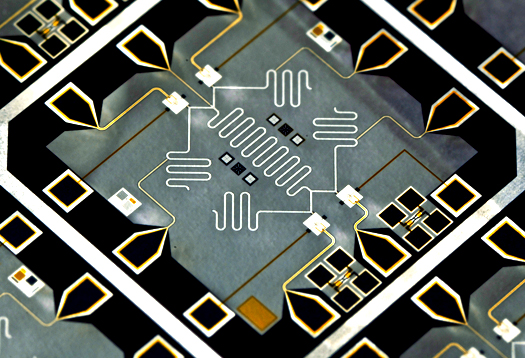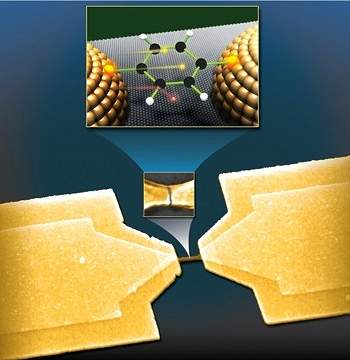Connection between Nano Memory Moulcolar and graphene nano-transistors for amplification and production of this type of nano-memory (PhD in nano-microelectronics)
Researcher and author: Dr. ( Afshin Rashid)
Note: Graphene, which consists of only one carbon atom, can be used to create multi-layered molecular graphene molecular memories that consume less energy and take up less space. Graphene is a semiconductor material with zero gap and unsuitable for logic circuits, but using nanotechnology, they create different forms of this material that have different gaps.
Graphene nanofibers, multilayer graphenes, and graphene grown on Si are such forms. The term nano-transistor comes from the combination of the term nano-scale in transmission and resistance. In a graphene Si field effect nanotransistor, the resistance between two electrodes can be transmitted or controlled by a third electrode. In a multi-layer Si graphene field effect nanotransistor, the current between the two electrodes is controlled by an electric field from the third electrode. In contrast, the bipolar transistor is capacitively connected to the third electrode and is not in contact with the semiconductor. Three electrodes are connected to the source, drain and gate in the internal structure of multilayer graphene molecular memories .
By using the structure of nanomolecular memory , the size of memory bits can be substantially reduced, thereby increasing the density and efficiency of magnetic memory and lowering its cost and cost. Nano-lithography techniques are now being used to provide some very powerful memories. Nanoelectronics science and technology offer different capabilities of nano molecular memory . Photofraction materials, for example, represent only one type of optical memory. In fact, using nanotechnology can increase data storage capacity by a thousand times or more. Information storage is a very important and necessary topic that can be done in various ways through nanomolecular memory .The role of graphene nano-plates (GA) in the construction of nano-transistors as an electric field generated by the gate electrode controls the current generated by the two source electrodes and the drain. The drain current is modulated by changing the density of the charge carriers in the two-dimensional transmission channel. In a multilayer Si graphene field effect transistor, a 3D conductor current channel is modulated with a three-dimensional transmission channel thickness . While the gate electrode is capacitively connected to the semiconductor using the gate dielectric. Numerous chemical and physical methods have been proposed for the production of various types of multilayer nano-graphene.
Conclusion :
Graphene, which consists of only one carbon atom, can be used to create multilayer molecular memories of graphene molecules that consume less energy and take up less space. Graphene is a semiconductor material with zero gap and unsuitable for logic circuits, but using nanotechnology, they create different forms of this material that have different gaps.
Researcher and author: Dr. ( Afshin Rashid)
PhD in Nano-Microelectronics




